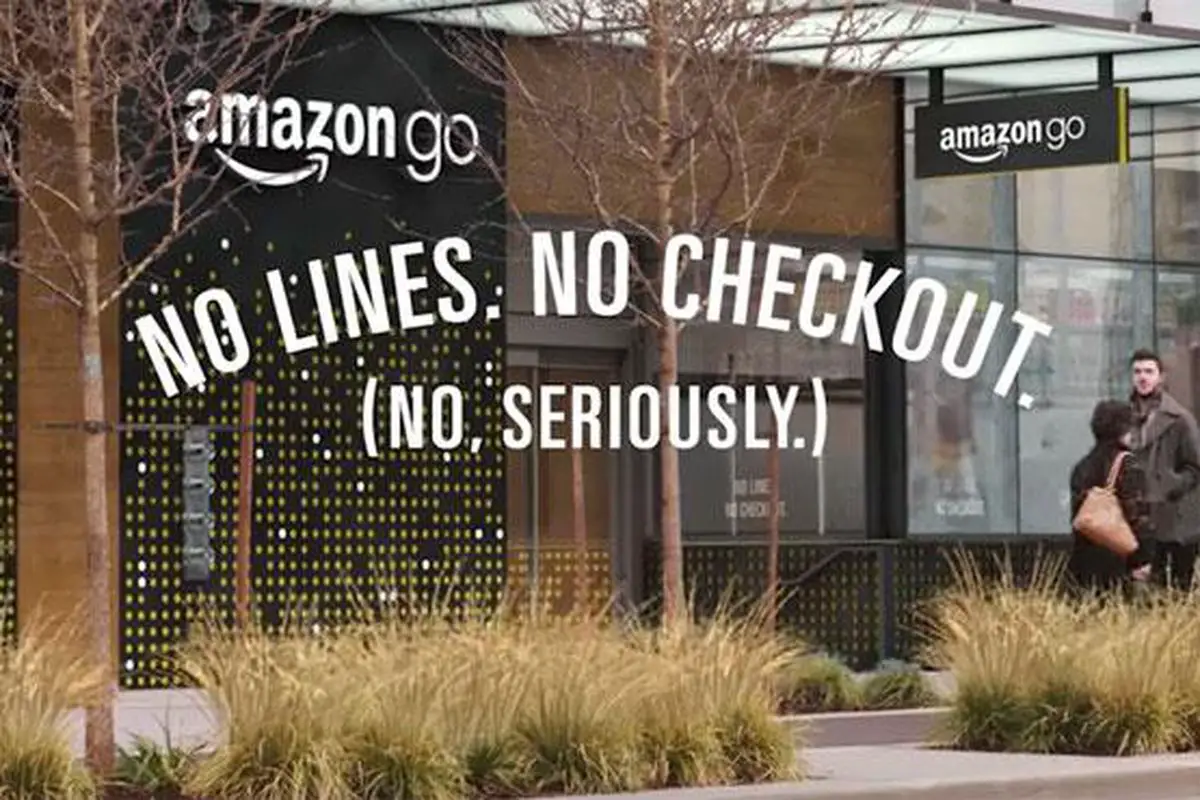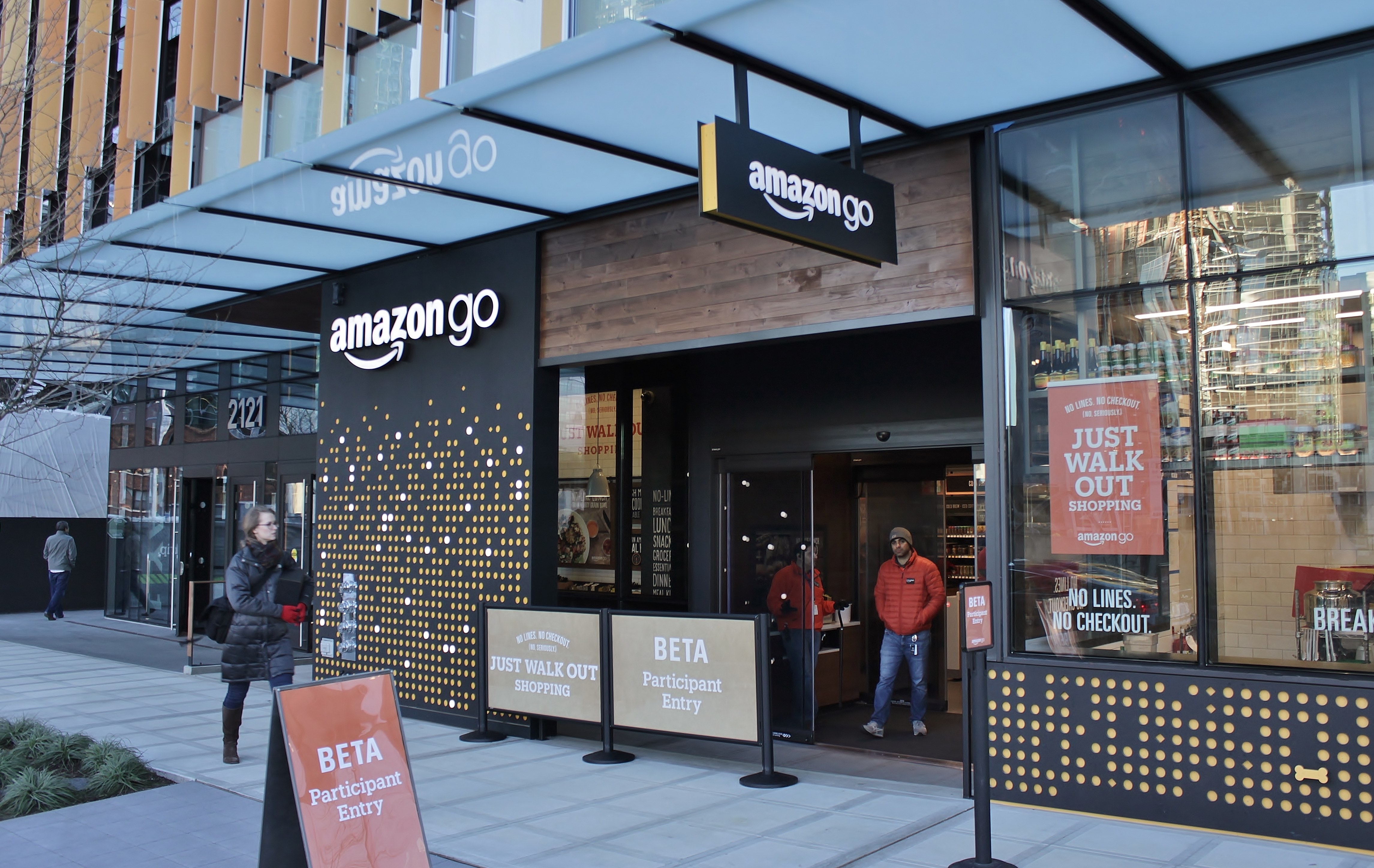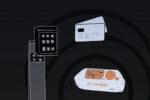The opening of the Amazon Go store in Seattle has seen a flurry of articles pop up about the amazing new technology and the convenient lack of lines and cashiers.
While there is only one store for now, with the initial success of Seattle Amazon Go store, people expect more to come in near future. However, this might not the utopia everyone is looking forward to.
No People, No Jobs
While a lack of cashiers is great for customers buying socially awkward and embarrassment-inducing products, it also means the reduction in the number of job offers. To put this into perspective, there are 3.4 million Americans who worked as cashiers, making up almost 6 percent of total employment in the Unites States. The elimination of cashier jobs will put a large portion of those 3.4 million people out of employment.
Amazon says that they transfer those from cashier to other positions of customer service, and eventually they would have to terminate their contracts to save money and optimize the operation. It is possible that for the near future, people will only stock shelves and provide customer support, which will result in fewer entry-level, low-wage jobs on the market, especially for college students and recent grads who rely on them to make ends meet and start their career. Although Amazon says that they will still need people to do jobs such as food prep, alcohol ID check and shelf-stocking, with the current pace of technological advancement, the future looks grim.
Lost in the Technology
The Amazon Go store requires a smart phone, the Amazon Go app and a credit card to pay for your purchases. Some people, especially those with a low income and elderly people, do not own smart phones or are capable of nothing beyond texting and calling. Some may not even have a credit card.
The requirement of smartphone proficiency and possession of a credit card is alienating these demographics from a program that is supposed to support the community. The expansion of such stores with high utilization of technology means fewer options for consumers on where and how to shop, which contradicts the original purpose behind such technology.
Security and Privacy

The use of cameras in stores has been shifted: from making sure that no crime is committed within the property into monitoring shopping habits. If you are concerned with how Google and Facebook collect information on your online activities and sell it to third parties, you may want to think twice before shopping at an Amazon Go store in which Amazon will look at anything and everything you pick up, regardless of whether you buy it or not.
The sensors in the store detect when you pick something off the shelf and put it back, and use them to build your shopping profile. Such data can give corporations a better insight on how consumers shop and adjust their marketing accordingly. They can even make huge profits selling this information to third parties. Having hundreds of cameras watching your every movement is still a little bit creepy, and with big brother watching more than ever, it would be nice to be tracked a little less. In the end people are sacrificing privacy for the sake of convenience, but are you ready to make that choice?
Which Future for Amazon Go?
Right now, this kind of technology in grocery stores is many years away. The cost of the cameras, sensors and other equipment to make the whole cashier-less system work is still a huge entry barrier to any stores planning to install it.
One of the only ways this concept would expand is to utilize the Whole Foods chain, which Amazon bought on Aug. 28, 2017, and concentrates on basic household items, such as food and drinks. The cost of the equipment would be beyond the budget and profit of a large bulk store, such as Costco, and the system application would create more problems than necessary given the large number of employees they currently have in stores.
The Go store can only have up to five persons in the store at a time, which will result in a line to get into the store should the cashier-less concept flourish. Although this may only be a problem for the first month after the launch due to curious Seattle citizens and visitors taking a tour to the store, it requires further consideration if Amazon wants to expand the concept into a larger scale.
A System of Trust, but Not Fool-proof
Amazon Go also allows customers to return items if they weren’t satisfied with the merchandise or just didn’t want it anymore. All they have to do is go on the app, click on the return option and that’s it, they do not even have to bring the item back to the store.
This can open up a problem of customers taking advantage of the system by returning items they actually meant to buy. The system operates based on honor in which Amazon puts trust in its customers not to lie about their purchases, but it is not a fool-proof one. The humanity concept behind the system is welcoming, but people are left wondering whether it is actually attainable.
In the end, the Amazon Go store has it perks but also its complications. Quick and cashier-less stores are appealing and convenient, but it is at the cost of the jobs of millions of people, possible privacy infringement and community division based on income and technological proficiency. So, for now Amazon Go should stay in Seattle and fix their problems before spreading across the U.S.
















